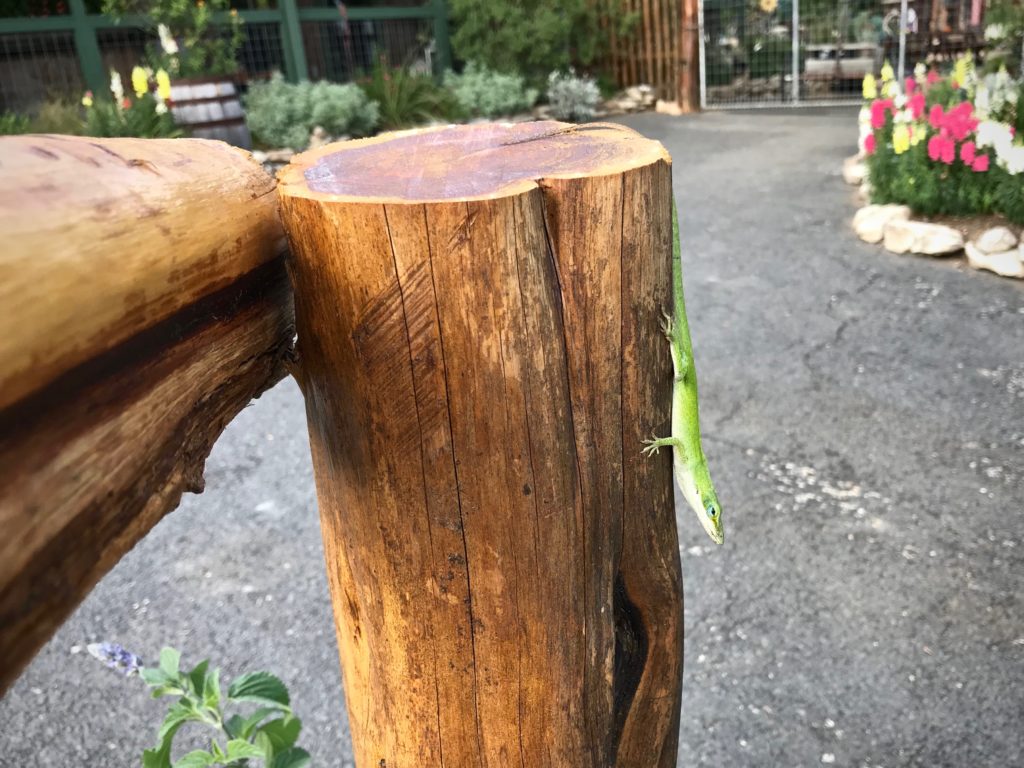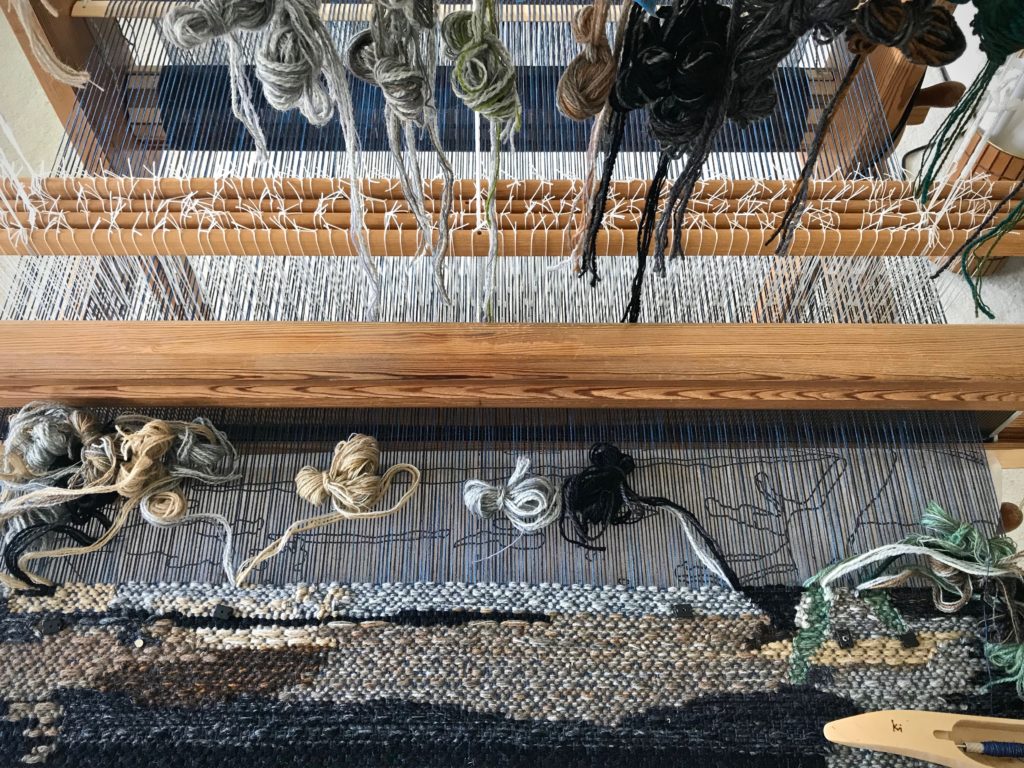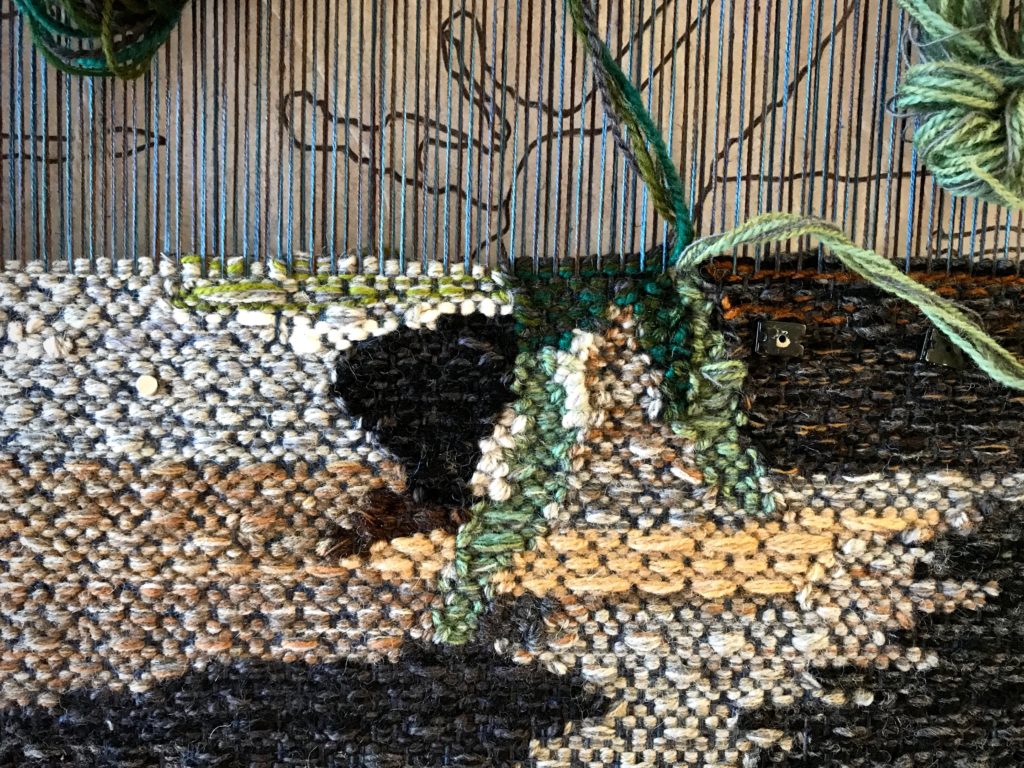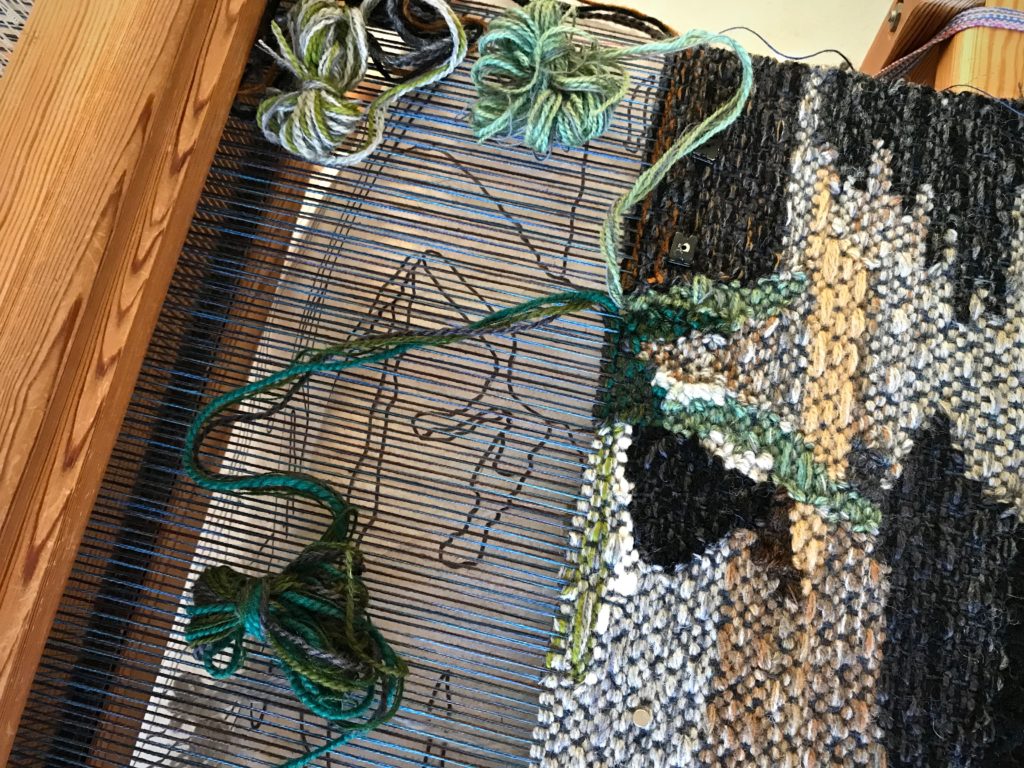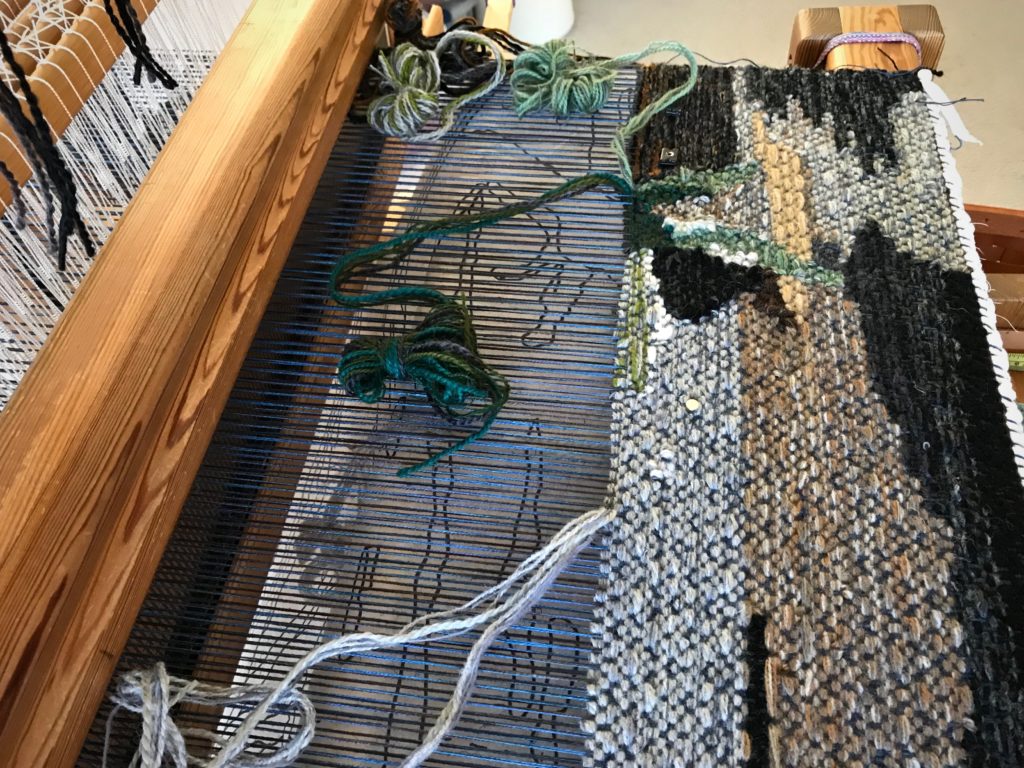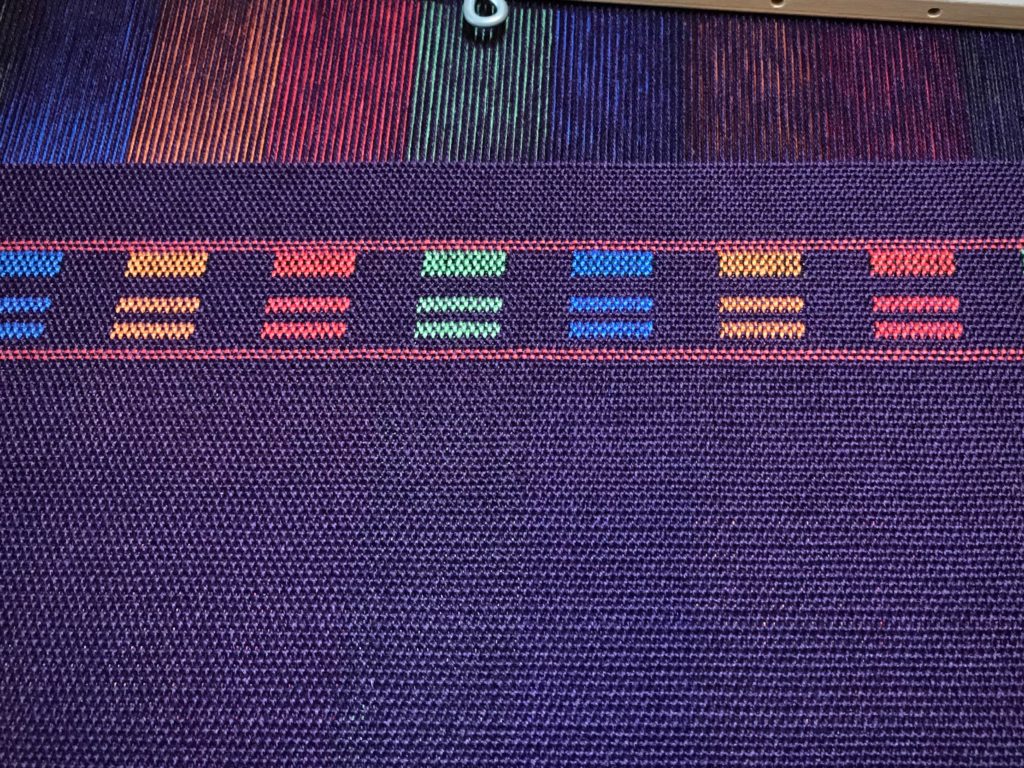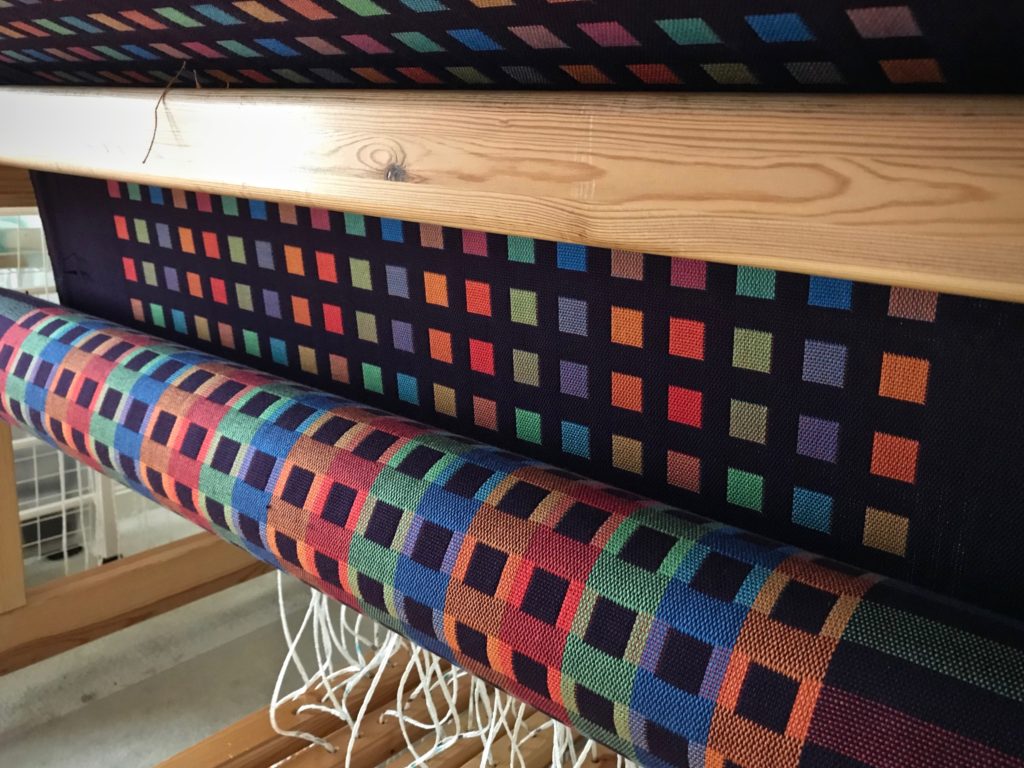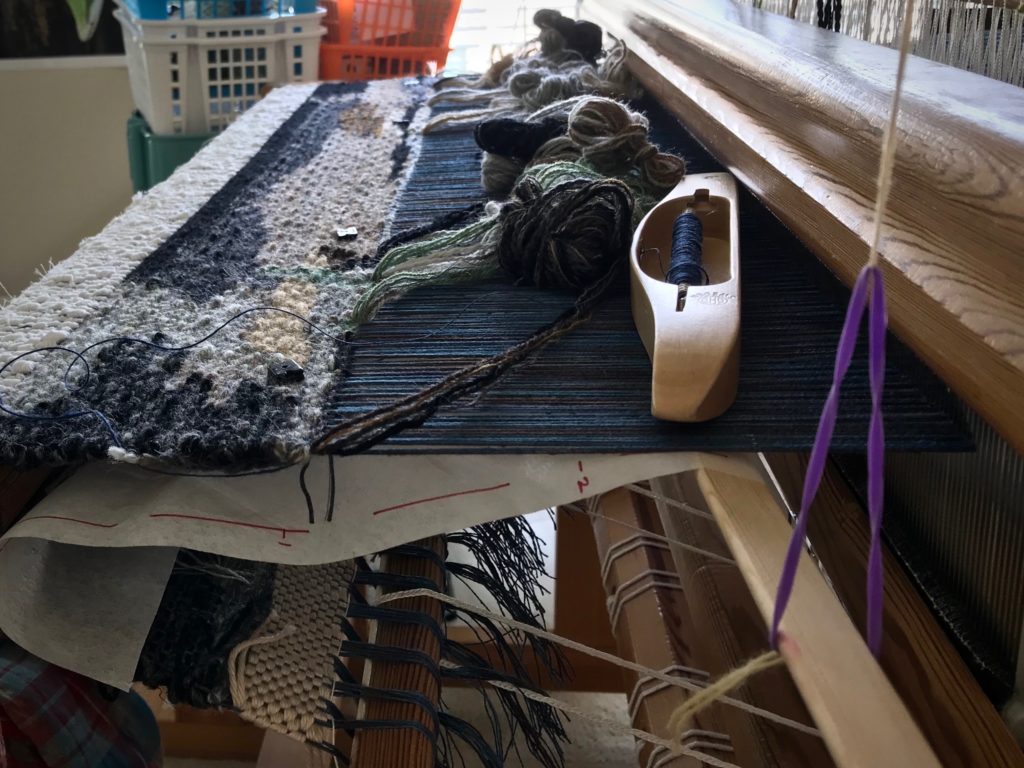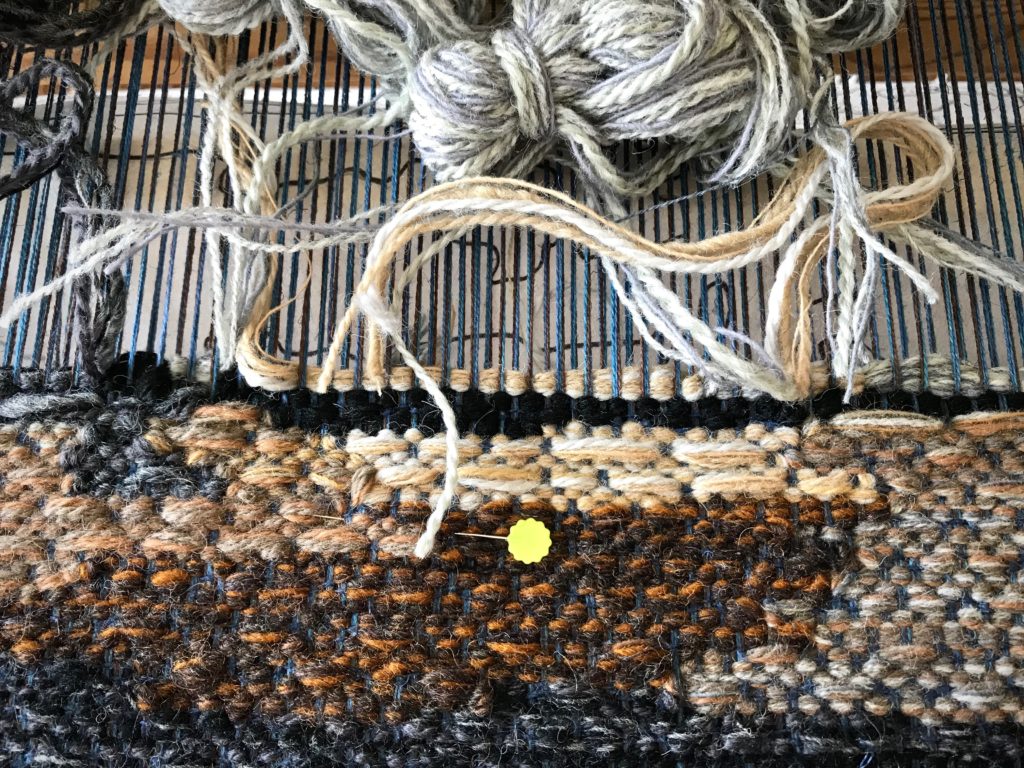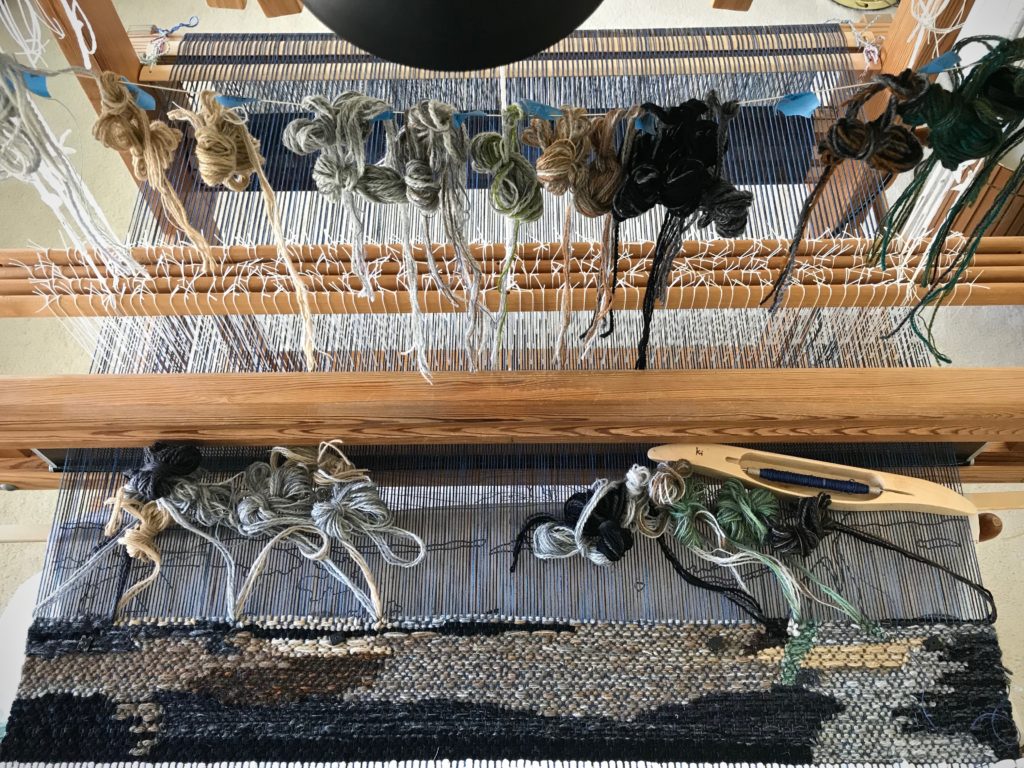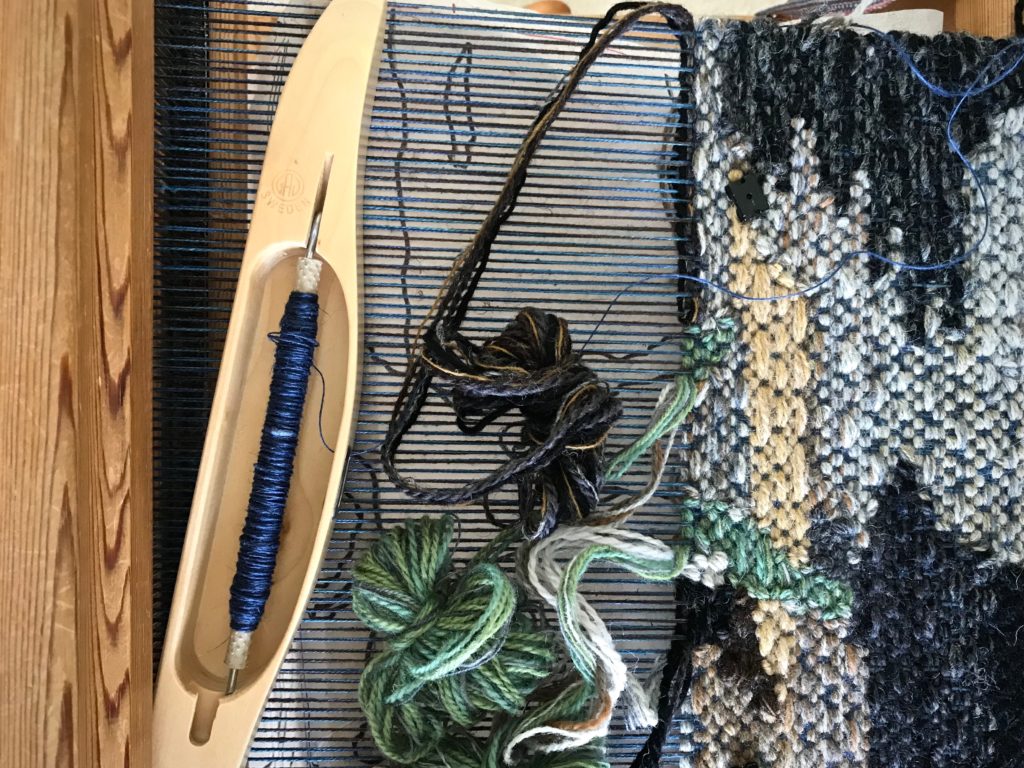In my memories, I always picture Grandma wearing an apron, whether doing housework, gardening, or baking coffee cake in her kitchen. Maybe that is part of the magic I feel when I put on my weaving apron.
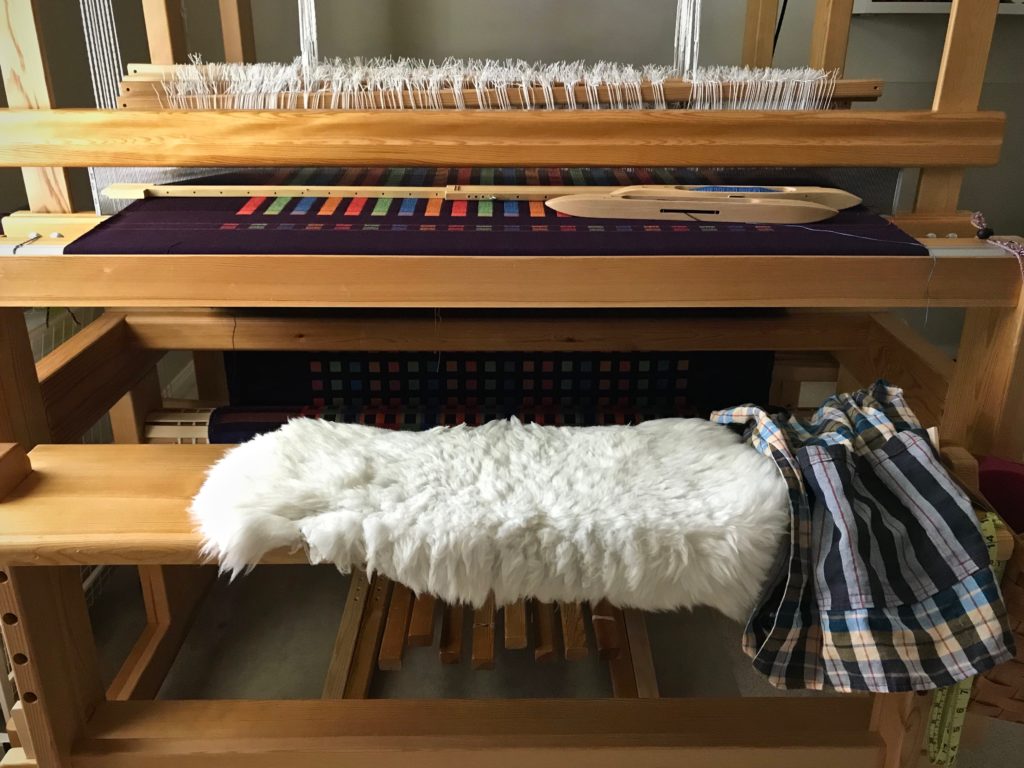
I sit right up to the breast beam when I weave, which helps my posture and my reach. This makes the fabric on the loom vulnerable, especially to buttons, buckles, or zippers. It also gives my clothes undue wear, even creating small holes in some of my shirts. My Glimåkra Standard loom has the fabric protection board, aka “belly board,” but that is not in place until the knots from the beginning of the warp go under the breast beam. So, the first inches of weaving go unprotected. My other looms don’t have a fabric protection board.
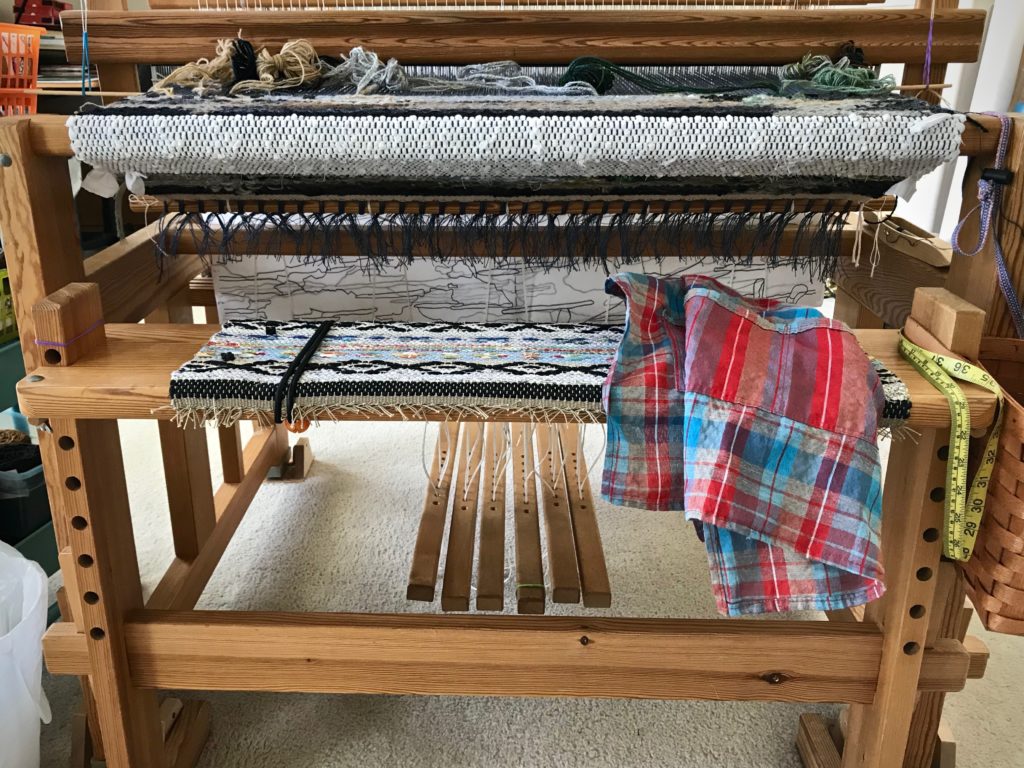
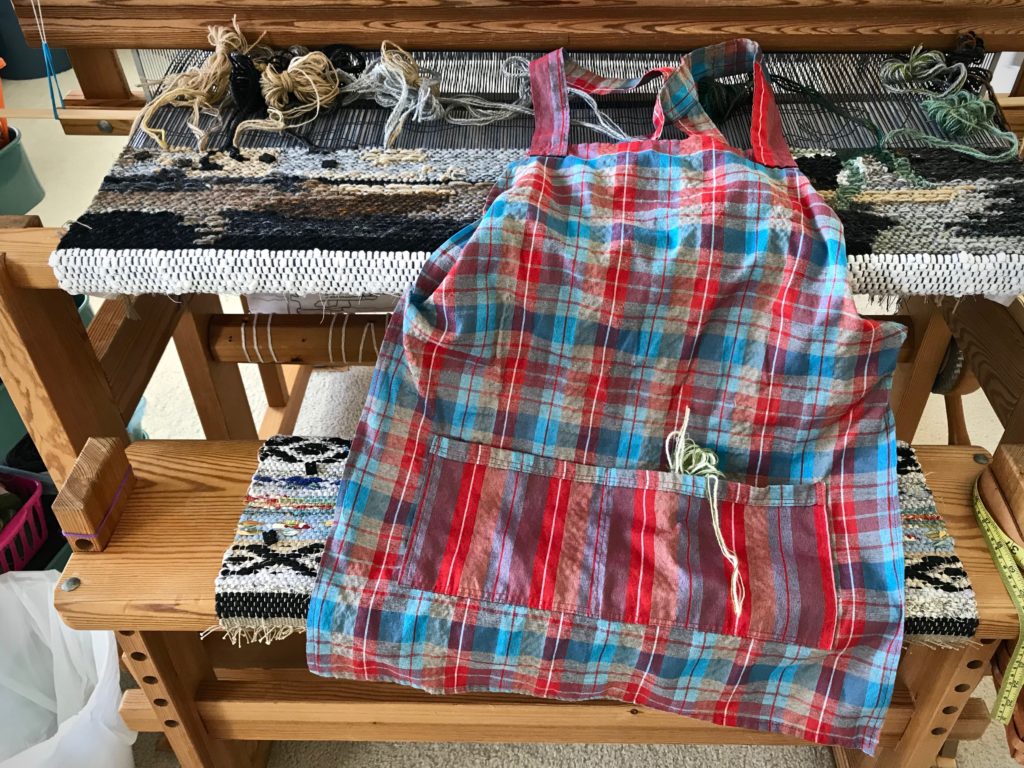
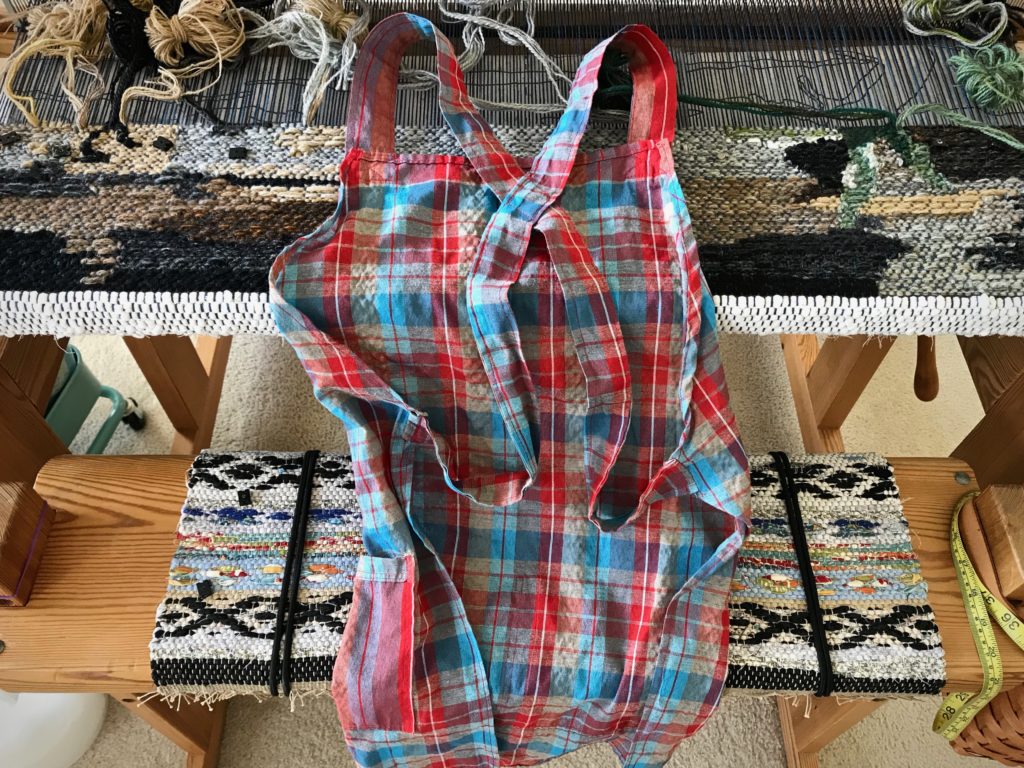
A weaving apron guards both the fabric on the loom and my clothes. The apron also gives me ample pockets, good for countless things—dropping in a few wound quills to take back to the loom, keeping a tape measure handy, separating one wool butterfly from the rest, and other things you wouldn’t think of if you didn’t have them.
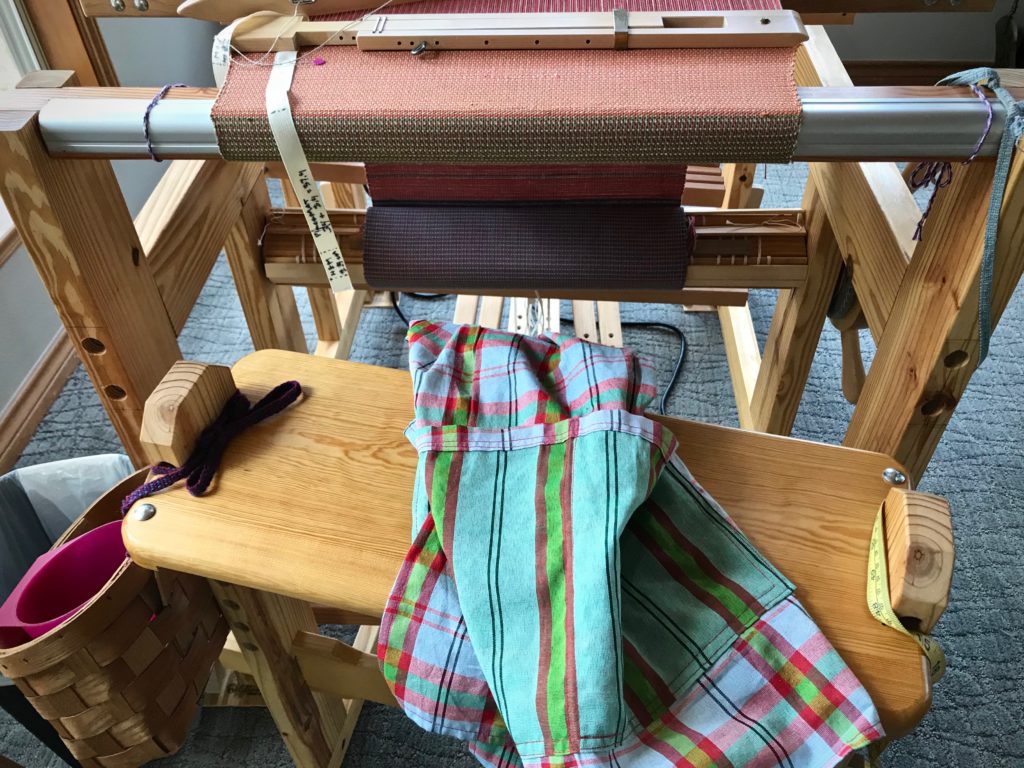
An apron like this would be easy to make. However, I was fortunate to come across the perfect weaving apron (not labeled as such), pockets and all, at a quaint little shop in Texas hill country. So, now I keep one at each loom. And when you put one of these aprons on to weave, something magical happens…
May you have ample pockets.
Happy weaving,
Karen

